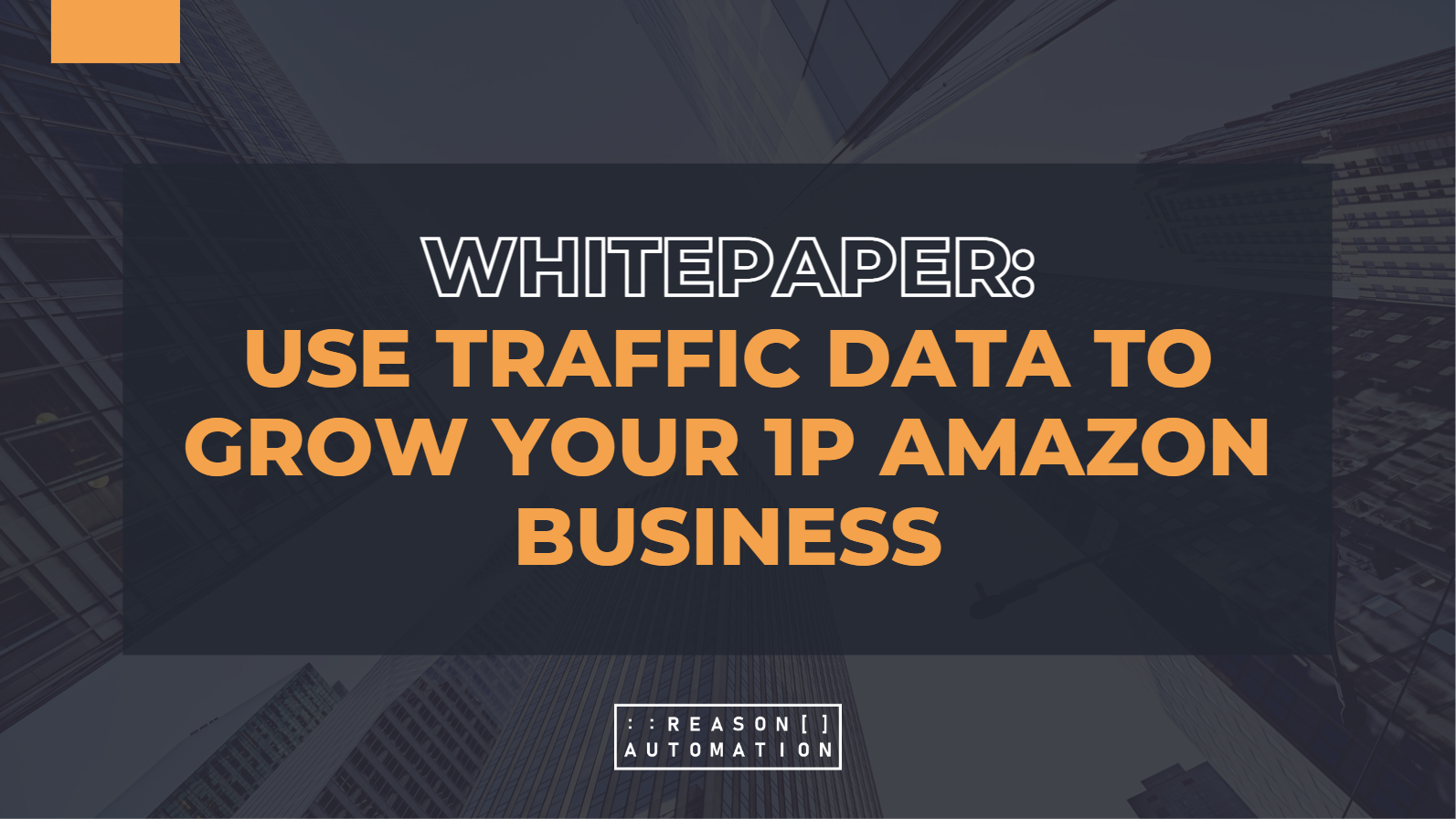How to Use Procurable Product OOS for Amazon Vendors
For a long time, Amazon vendors relied on the Rep OOS (replenishable out-of-stock) metric to tell them what percentage of sales they were missing out on because they didn’t have the item in stock when the customer was ready to order.
In the fourth quarter of 2022, Amazon deprecated this metric to the chagrin of vendors. But Amazon knew how important it was, so they launched a replacement metric called procurable product out-of-stock. Here’s what you need to know about this metric, and how to use it to help your business.
Where Can Amazon Vendors Find Procurable Product OOS (Formerly Rep OOS) Data?
To find product procurable OOS data, log in to Vendor Central and then go to Reports > Retail Analytics > Inventory. In this report, it will be listed under "Procurable_product_oos" or "procurable_oos."
What Is the Difference Between Procurable Product OOS and Rep OOS?
The main difference between Rep OOS and procurable product OOS is the denominator: the current procurable product OOS metric uses the PR (Planned Replenishment) replenishment code, which indicates that Amazon has determined that the ASIN is healthy and should be reordered. Basically, Rep OOS only considered replenishable products, while procurable product OOS includes procurable products. The actual difference between the two in terms of numbers is likely to be negligible, however.
What Can I Do About a High Procurable Product OOS?
A high procurable OOS is a rough thing for vendors to see, because it shows them all the sales they missed out on because they didn’t have the product in stock. Naturally, vendors would make more money by reducing this metric, but that can be easier said than done. Here are a few factors you should consider when determining a course of action.
Amazon’s Ordering Is Based on Algorithms
Even if you feel like you understand Amazon’s ordering system, the problem is that humans don’t determine what the company orders from vendors – algorithms do. Nobody at Amazon can flip a switch and say, ‘I want more or less of your products.’ That’s why you should be wary of hiring consultants to deal with this issue: ultimately, they are guessing.
Products Can Be Incorrectly Flagged
That said, there are times when you do have a direct influence on this rate: when a product is incorrectly flagged, which happens more often than you might think. If the product details are not properly aligned with Amazon’s system, they won’t match up in the system and the purchase order may end up not getting approved.
If you notice a product has a high procurable OOS rate, investigate the product itself to make sure everything matches up with Amazon and that it has the right replenishment code. It’s a good idea to crunch purchase orders data on a regular basis to monitor this.
Procurable OOS Does Impact the Buy Box
Yes, if you miss out on sales because of a high procurable OOS, that could impact your future likelihood of winning the Buy Box. If a product is out of stock, a customer will see an availability message, which affects conversion rates and also your appearance in search as Amazon tends to push vendors who are out of stock down in the rankings.
High OOS Rates Will Hurt Future Orders – But You Can Fix This Issue
High out-of-stock rates will not only cause you to miss out on orders, but Amazon will push your product down in the search results, meaning traffic to your product detail pages will plunge – and naturally, orders will drop as well.
But while this is a big cause of declines in traffic and glance views that can be frustrating to deal with, there are a few things vendors can do about it. Learn more in our guide, “Product Detail Pages: The Biggest Mistake Amazon Vendors Make That Kills Traffic.”
Vendors Must Analyze Traffic Data With OOS Data: Here’s the Critical Reason Why
While these metrics may technically fall under Amazon’s Inventory reports, they are closely related to Amazon vendor traffic data. That’s because procurable product OOS data tells you a lot about your traffic – specifically, the traffic you’re getting that’s not turning into sales because of an inventory issue.
But there are other key traffic metrics vendors must monitor to grow their business – data that vendors may not be aware of that can tell them a lot about their products and even how their business is run. Read more in our guide, “How Vendors Can Analyze Traffic Data for Business Insight.”
If you want to learn in-depth how to use traffic data in general to take your business to the next level, download our free whitepaper below, “Use Traffic Data to Grow Your 1P Amazon Business.”
Read More:
Use Traffic Data to Grow Your 1P Amazon Business
This whitepaper offers a much more detailed discussion of Amazon traffic data. We created it for Amazon vendors who want to grow their business by making sound business decisions through key insights derived from traffic data. It includes everything you need to know about what glance views are, where to find this data, what insights you can gain by combining it with other VC reports, and what options are available if you don’t have time for manual data-gathering.
Download the free whitepaper:



